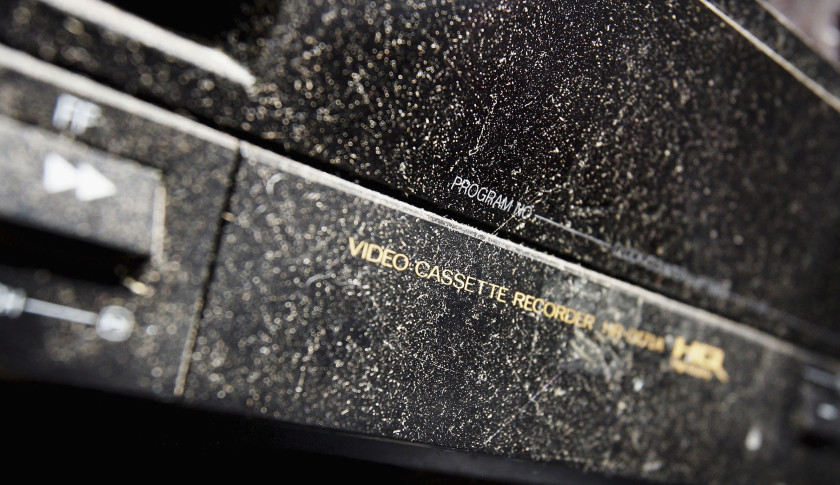Believe it or not, Japanese electronics manufacturer Funai Electric is still producing video cassette recorders — at least until the end of this month. Though the glory days of the VCR slowed down in the early-to-mid 2000s after being overthrown by the DVD, the consumer electronics company still clung on, until — to no one’s surprise — a massive decline in sales.

A thriving collection of VHS tapes back in their glory days. Image source: Getty.
Back in the 1990s, the VCR dominated home entertainment, reaching 95% of American households. By last year, however, Funai sold less than 1 million units, prompting the decision to give up. The company also ran into issues acquiring the necessary components for the nearly-ancient technology.
Made in China, Funai’s VCRs were sold in many territories, including North America, under brand names such as Sanyo. After producing its first batch of VCRs in 1983, the company sold as many as 15 million per year at one point. Unsurprisingly, last year’s figures reported just 750,000 sales worldwide.

95% of American households once had VCRs.
Despite spiraling sales of VCRs, collector sales of VHS tapes are booming, with certain rare editions raking in nearly $2,000 a pop. To many collectors, VHS is seen as the vinyl of analog video recording, and perhaps in the future they will be hoarded just the same.
To be fair, the VCR deserves at least a little bit of credit for making it this far, especially in the age of rewritable digital media and Netflix. VHS cassettes are likely to stick around for a little while yet, as they’re still easy to find in Japanese stores. To compare, Sony stopped selling Betamax tapes last year, even though it stopped production of recorders in 2002.
But the truth is, we're not hitting rewind anytime soon (or probably ever). So thanks for the memories, VCR.
Source: The Verge
Advertisement
Learn more about Electronic Products Magazine





